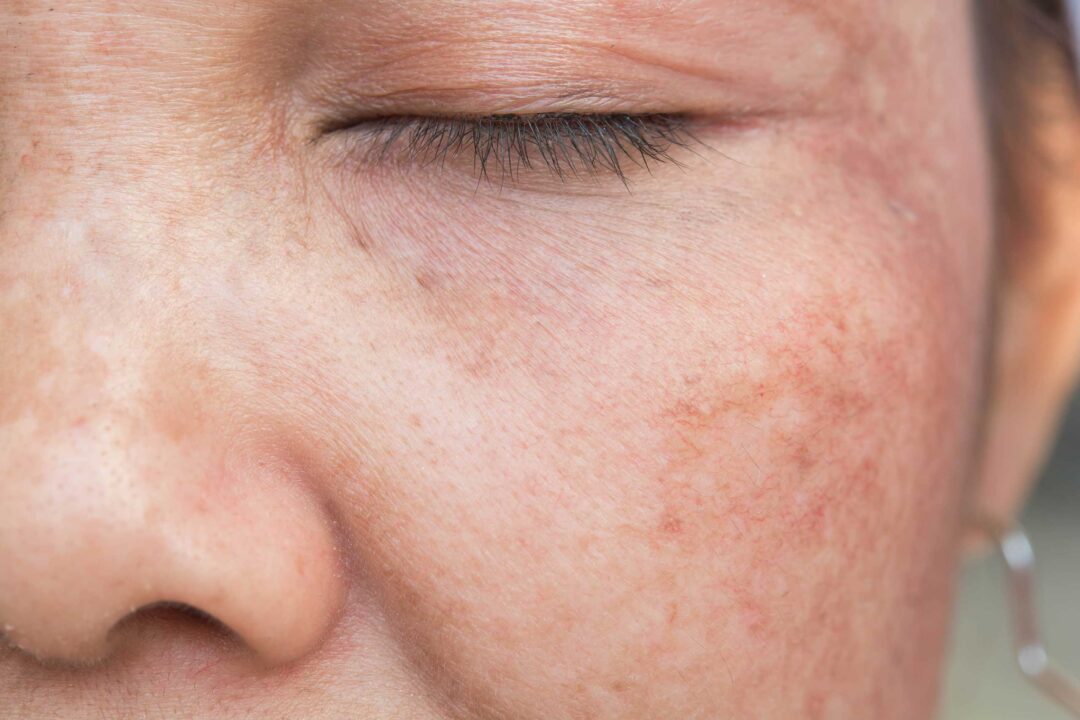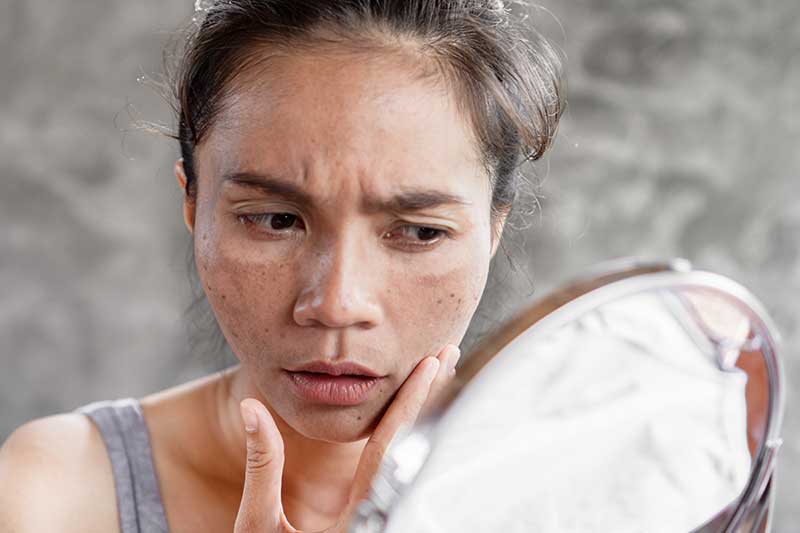WHATS IS GOOD FOR SUNSPOT? HOW TO GET RID OF SUNSPOTS?

Sunspots on summer days are dark brown coloured spots that are usually seen in people with dark-skinned. It occurs in sun-exposed areas such as the forehead, cheeks, upper lip area, nose, chin, neck, and arms. So, how to get rid of sunspots? Let’s answer that what is good for sunspot.
Sunspots are brown spots that are seen especially on the face and hands when exposed to sunlight for a long time. Sunspots can occur not only by sunbathing but also by frequent use of solariums.
There are two important factors in the formation of sunspots. These are genetic predisposition and exposure to ultraviolet rays. Apart from these, pregnancy, birth control pills, cosmetic applications, drugs, and goitre disease are among other reasons.
Sun rays not only cause the formation of spots but also increase the spots that have a suppressive effect on the formed spots.

How You Get Rid Of Sunspots?
The doctors evaluate the layer of the skin and the degree of the spots with a special light examination. According to this examination, it is decided what kind of treatment will be applied. Usually, long-term treatment is required for cure.
During pregnancy and puerperium, the treatment is limited to sun protection and cream treatments suitable for this period. As general precautions, the sun should be avoided, cosmetic products and drugs that cause sun sensitivity should be limited. The sunscreen product should be a cream recommended by your doctor, with a factor of at least 15, with both UV-A and UV-B protection, and should be used in all seasons in summer and winter.
What is good for sunspot?
Among the chemical peeling that is frequently used for treatment purposes; Products containing hydroquinone, tretinoin, azelaic acid, and kojic acid are coming.
Chemical peeling is also effective in the treatment of the disease because with the peeling of the upper layer of the skin, the melanin pigment that is the cause of the stain is gradually lost.
Freezing treatment is known as cryotherapy; It can be applied with liquid nitrogen or carbon dioxide snow. It can reduce pigmentations. The number of sessions may vary depending on the degree of the disease.
Laser application can help
Laser application is another option in pigmentation treatment. IPL (intense pulsed light), pulsed dye, Nd: oil, Q-switched alexandrite, erbium YAG, argon, and cupper vapor laser can be used. Laser application is especially recommended in resistant cases. The laser acts by destroying cells containing melanin pigment and peeling off the upper layer of the skin. So, cells are renewed again. Sometimes the combination of laser and chemical peeling gives more successful results. Itching, pain, burning, crusting, and bruising can be seen as side effects during laser treatment.
Another common spotting is freckling. These patients should avoid the sun especially in the spring and summer months and use sunscreen. The laser may be a good treatment option for these people for cosmetic reasons.
Cryotherapy and laser treatment can also be applied to lentigines known as ageing or sunspots. In some patients, results can be obtained even in a single session with laser treatment.
Now you have learned what is good for sunspot. You can read our article about Effective Solutions For Sunburn to keep you safe before you get a sunspot.


